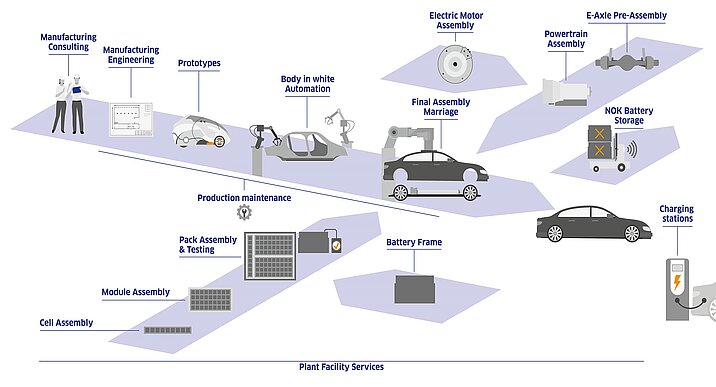Rund 1,3 Milliarden Menschen leben in Indien, bewegen sich mit etwa 150 Millionen Fahrzeugen. 2020 wurden knapp 4.000 Autos verkauft, die rein elektrisch betrieben sind. Der Marktanteil liegt somit bei unter 0,5 Prozent. Elektrofahrzeuge sind auch in Indien noch immer teurer als vergleichbare mit Verbrennungsmotor. Mit Blick auf steigende Kraftstoffpreise und notwendige Maßnahmen für mehr Klimaschutz werden E-Mobile jedoch immer interessanter. Der Knackpunkt: Die Kosten für die Batteriesysteme machen den größten Anteil an den Herstellungskosten der Fahrzeuge aus. Gelingt es also, diese Kosten zu senken – zum Beispiel durch eine effizientere Produktion und eine höhere Automatisierung der Herstellungsprozesse – steigt die Akzeptanz und damit der Absatz.
Dreirad statt PKW
Da jedoch kleinere, schwächere Batterien mit einer geringeren Leistung insgesamt günstiger sind, verbreiten sich schon heute E-Roller und E-Rikschas in Indien. Sie werden auch weiterhin den Weg in Richtung umweltfreundliche Fortbewegungsmittel anführen. Und mit neuen Prozesstechnologien werden die Herstellungskosten auch für stärkere Batterien in den nächsten Jahren sinken und den Markt für die großen OEM wie Tata weiter öffnen. Prognose: 2030 sollen immerhin 5 % der Autos Elektrofahrzeuge sein. Dazu werden die indischen Automobilhersteller in den kommenden Jahren ihre Produktionsprozesse entsprechend anpassen.
Outsourcing and partnerships
“In EV factories, pre-assembly or partial assembly, maintenance, audits, logistics and packaging or the automation of plant systems are particularly suitable for outsourcing,” says Sudhir Gurtoo, Managing Director of Leadec in India. Leadec’s advantage as a partner clearly lies in its experience in the field of e-mobility. Be it through projects to do with cell production and battery assembly, delivery logistics, planning and implementation of special fire protection and emergency concepts as well as quality assurance. Sudhir Gurtoo: “We offer an integrated concept from engineering to manufacturing support to maintenance services, combined with in-plant logistics and battery repair services. In this way, we give key players in the EV industry the opportunity to focus on market introduction and rapid production ramp-up.”
How the Indian market is developing
In addition to the 30% of vehicles expected to be electrically powered in 2030 - the aforementioned e-rickshaws and e-scooters will make up the bulk even then - the industry will be primarily challenged by changing production demands. It starts with the planning and ramp-up of new plants, through the redesign of existing plants, to the supply chain for the supply of batteries. This is where specialized experts are needed to provide technical services around the modern factory. And even though the development of the e-mobility market is promising, one point should not be overlooked: The relocation of production capacities for the manufacture of combustion engines to India will continue to play an important role in the coming years.
Das könnte Sie auch interessieren:
Interview im Pulse - Das goldene Zeitalter der industriellen Dienstleistungen?
Whitepaper - Technische Services für die Batteriefertigung



















